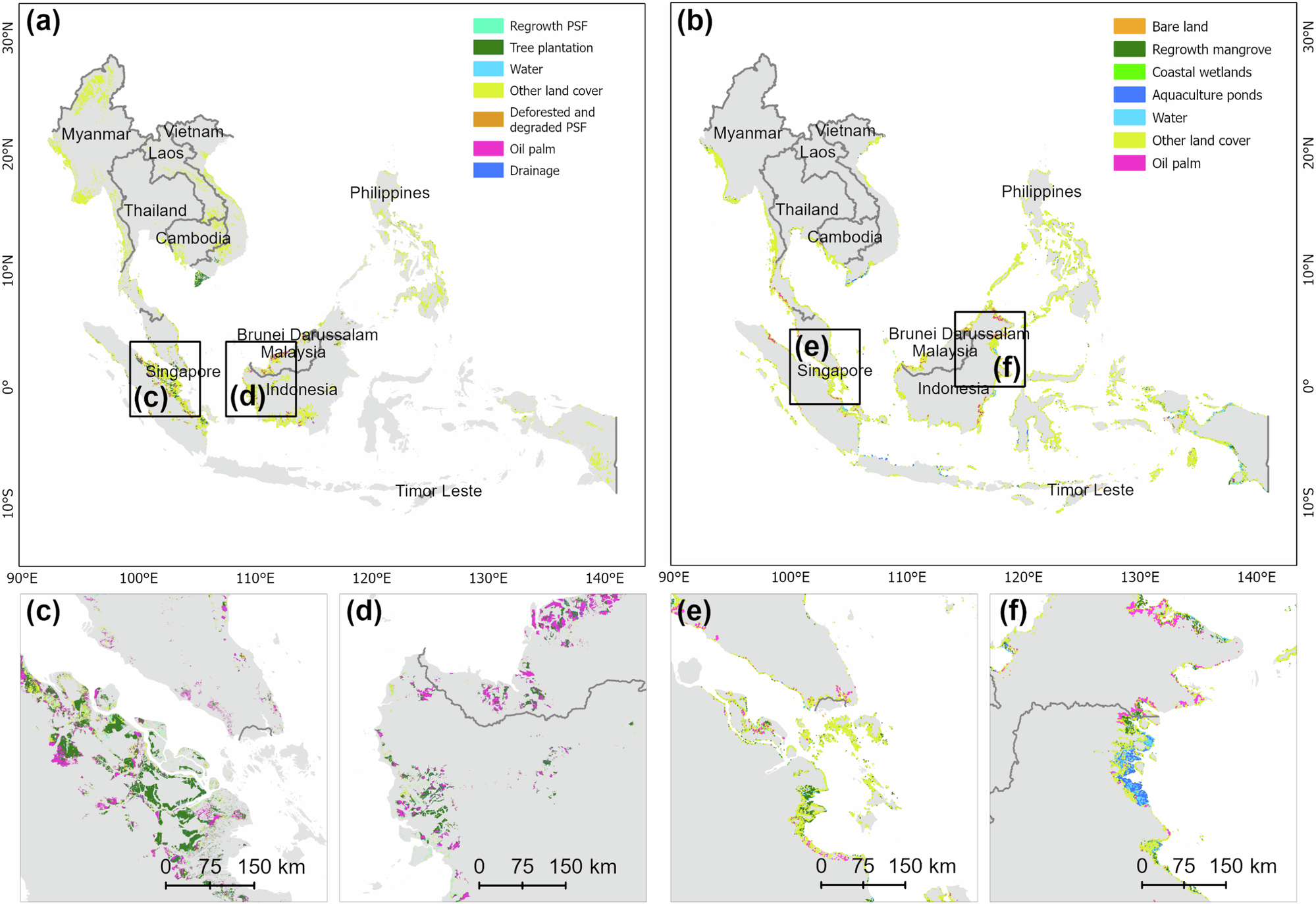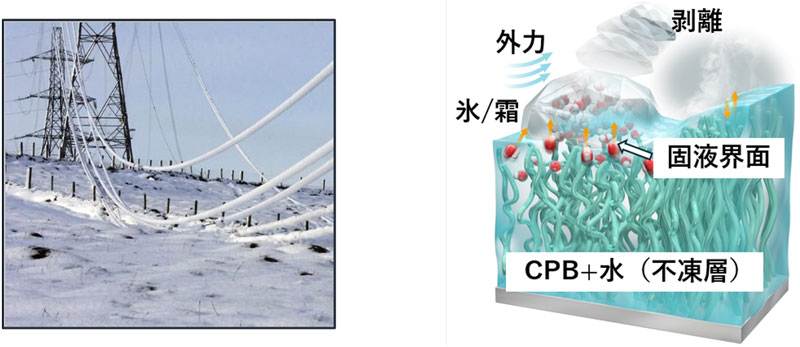2025-02-10 シンガポール国立大学 (NUS)
<関連情報>
- https://news.nus.edu.sg/peatlands-and-mangroves-key-to-reducing-carbon-emissions-in-southeast-asia-finds-international-study/
- https://www.nature.com/articles/s41467-025-55892-0
東南アジアにおける土地利用の炭素排出の半分は、泥炭湿地林とマングローブの保全と回復によって削減できる Half of land use carbon emissions in Southeast Asia can be mitigated through peat swamp forest and mangrove conservation and restoration]
Sigit D. Sasmito,Pierre Taillardat,Wahyu C. Adinugroho,Haruni Krisnawati,Nisa Novita,Lola Fatoyinbo,Daniel A. Friess,Susan E. Page,Catherine E. Lovelock,Daniel Murdiyarso,David Taylor & Massimo Lupascu
Nature Communications Published:28 January 2025
DOI:https://doi.org/10.1038/s41467-025-55892-0

Abstract
Southeast Asia (SEA) contributes approximately one-third of global land-use change carbon emissions, a substantial yet highly uncertain part of which is from anthropogenically-modified peat swamp forests (PSFs) and mangroves. Here, we report that between 2001–2022 land-use change impacting PSFs and mangroves in SEA generate approximately 691.8±97.2 teragrams of CO2 equivalent emissions annually (TgCO2eyr−1) or 48% of region’s land-use change emissions, and carbon removal through secondary regrowth of −16.3 ± 2.0 TgCO2eyr−1. Indonesia (73%), Malaysia (14%), Myanmar (7%), and Vietnam (2%) combined accounted for over 90% of regional emissions from these sources. Consequently, great potential exists for emissions reduction through PSFs and mangroves conservation. Moreover, restoring degraded PSFs and mangroves could provide an additional annual mitigation potential of 94.4 ± 7.4 TgCO2eyr−1. Although peatlands and mangroves occupy only 5.4% of SEA land area, restoring and protecting these carbon-dense ecosystems can contribute substantially to climate change mitigation, while maintaining valuable ecosystem services, livelihoods and biodiversity.



